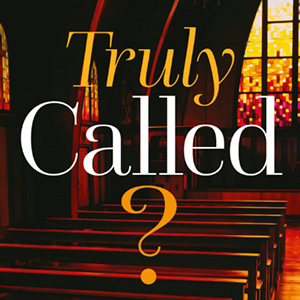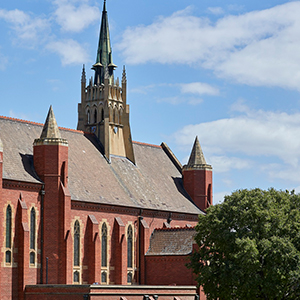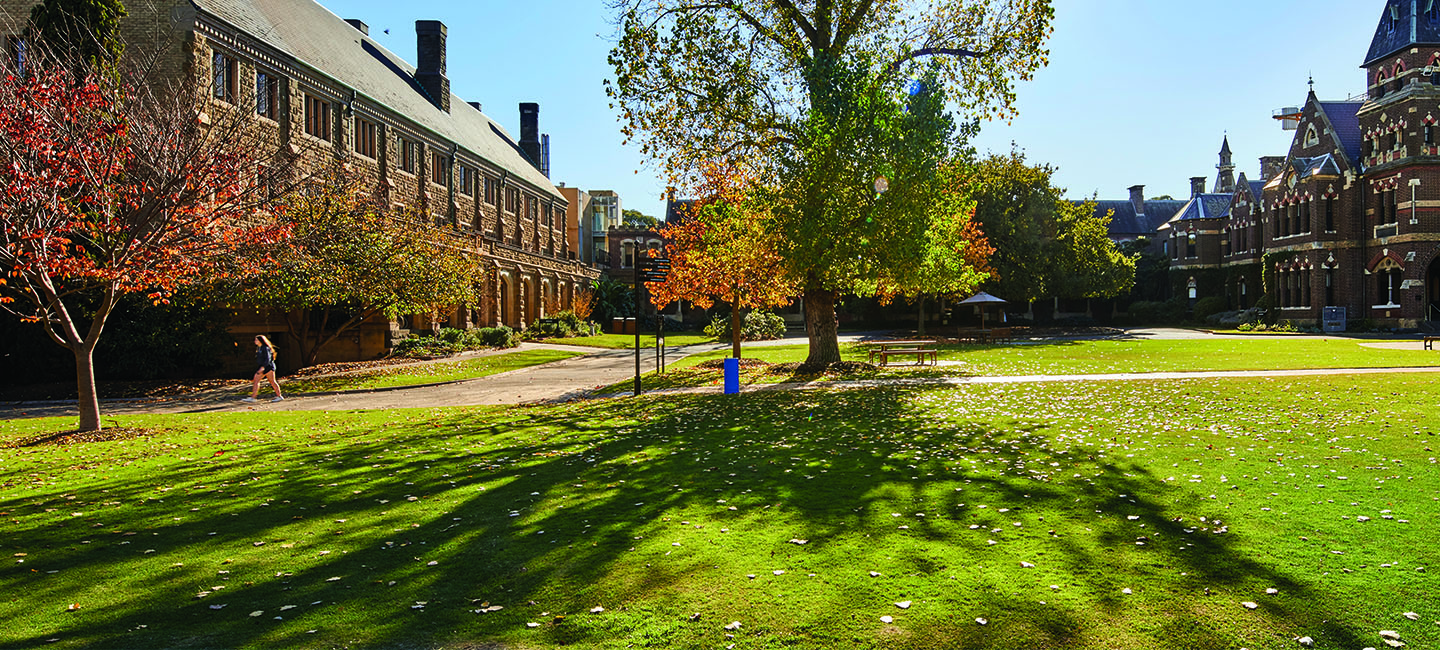


It seems we never have to look far to see examples of people and groups being defined as the 'enemy’. Especially in our current context of COVID policies and protests over lockdown, the international news coming out of Afghanistan, and what feels like constant political tension and dispute. The general zeitgeist is one of increasing bifurcation and entrenching divides.
Lest we think that this is something new, Jesus' teaching in Matthew 5:43-47 responds to some of the same expression of group divides: 'Love your neighbour, and hate your enemy'. Into this setting we find a broad expansion of the commands of Torah – as summarised in Matthew 22:37-40 – to encompass those who would be considered enemies. The reframing of enmity to incorporate love for the enemy was a radical concept – particularly in a world dominated by the 'peace' of an empire that came at the end of a sword. It may be hard to grasp the outworking of this new ethic, especially with the gruesome pattern of persecution and martyrdom levelled at the early church. Nevertheless, in the 2nd century Ignatius writes to the church in Ephesus:
‘Be meek in response to their wrath, humble in opposition to their boasting: to their blasphemies return your prayers; ... and for their cruelty, manifest your gentleness. While we take care not to imitate their conduct, let us be found their brethren in all true kindness; and let us seek to be followers of the Lord.’ (Ign. Eph 10.1-3)
Sadly, and all too commonly, the response to this new ethic was more like the persecution in Vienne and Lyon:
‘When these accusations were reported, all the people raged like wild beasts against us, so that even if any had before been moderate on account of friendship, they were now exceedingly furious and gnashed their teeth against us. And that which was spoken by our Lord was fulfilled: “The time will come when whosoever kills you will think that he does God service.”’ (Ep. Vienne and Lyon)
However, as admirable as this new love ethic may be, there is an inherent tension within the construction itself. In the Gospels we are given a tripartite set of love commands: love God, love one other, and love of enemy. In this framework we find a tension within the social groups defined through the horizontally relational commands of loving one another and loving one's enemies. The command to love one another from the upper room discourse (John 13:34) highlights a specific construction of the group to be loved: we or us. Socio-cognitively this is the in-group that one is a member of within the context of the Christ-followers. Enemies on the other hand are over there, they are the others. In order to love our enemies, we need to construe them as a distinct group, someone else to ourselves.
But how does one know who we are and who the other is? In order to know who to love, one must know the social relations between groups. For one to know who is 'in' within a social group one must also know what the defining characteristics of the social group are, what they hold to be normative. This is the same process whether it is a sporting team, workplace, or the church. There is the same process about who the other is. Members of a group need to know that they hold to different characteristics than the ingroup, so they may be categorised as an outgroup – a process of comparative fit.
By defining 'neighbour' and 'enemy' as groups to be loved there is an inherent sociological impetus to define them as other by the process of comparative fit. Here we have a problem, in that the basic process of understanding the world through us and them categories yields an inherent bias towards one's own group. Henri Tajfel and John Turner highlighted that this ingroup bias could be stimulated by as little as a perceived preference for one modernist artist over another. Their minimal group experiments divided participants into two groups – ostensibly based on preference for Paul Klee or Wassily Kandinsky, but in reality, at random – and showed participants were biased against the other group even on this minimal differentiation. The very definition of groups into us and them – the process of othering – leads to ingroup bias and outgroup enmity.
This becomes problematic when the very nature of group categorisation and interaction gives outcomes that are intrinsically at odds with the Christian love ethic. Indeed, some have observed that Christianity itself – inheriting from Judaism – is based around this way of perceiving the world. While the early church was primarily Jewish Christ-followers who had reservations about Gentile inclusion (Acts 10-11 & 15), before very long the church would be primarily Gentile and rejecting of nascent rabbinic Judaism (e.g., Marcion). To be sure, this othering had a justifiable intention of loving one's enemies, such as that of Augustine's exhortation to 'proclaim these divine testimonies to the Jews, with great love for them' (Sermon Against the Jews, 8.11 cit. Fredriksen, 2010, 330). Nevertheless, the pattern of othering to love finds its arguably lowest point in the reportedly 'loving' instruction of Arnaud Amalric 'Caedite eos. Novit enim Dominus qui sunt eius' (Kill them. The Lord knows those that are his own) leading to the Béziers massacre of 1209.
What then do we do with the love instruction? Should it be discarded as simply an overly idealistic lost cause? While the more pessimistic amongst us may lean in this direction, I, for one, think the new love ethic is still valuable. Because, as much as our innate inclination may be towards the categorisation of our world into distinct groups and neat boundaries, the community that Jesus picked for disciples was anything but neat and tidy. Simon-Peter whose enthusiasm outstrips his reality and ends up denying Jesus as a result. Philip can't see the way forward in the upper room. Thomas won't believe anything until he sees it. Let alone Judas Iscariot who would go on to betray them. It is this original community who would have their love ethic turned upside down and go on to love through to their own martyrdom.
From their example there can be only one impetus for this change, and ultimately it is found only in the love of Jesus for the world that allows anyone to love in this way – against human nature. Because in Jesus’ love paradigm he expanded the frame of reference for what the group is and redefined who is in and out. As Charles Spurgeon preached: 'Christ loved you before all worlds; long ere the day star flung his ray across the darkness, before the wing of an angel had flapped the unnavigated ether, before aught of creation had struggled from the womb of nothingness, God, even our God, had set his heart upon all his children.' It is this love displayed in the cross and transforms the enterprise of the love ethic and renders it even possible.
It is only though the transformation of the cross that we can navigate the complexity of political, societal, ethical, and even religious enmity. When we are tempted to other, we are enabled to draw in to us. It is in this scope that Jesus 'loved [us] who are in the world ... to the end' and so too we are to love to the end.
By the Revd Dr Christopher Porter
This article first appeared in the September edition of The Melbourne Anglican
Related News
-
News & Stories
- Our Theological School Student President's mission to champion a spiritual and welcoming environment
- Jack reaps the rewards after taking a leap of faith on Trinity College
- Trinity alum named in King's Birthday Honours 2025
- Trinity Deputy & Academic Dean appointed Fellow at Center of Theological Inquiry
- Meet Trinity's aspiring art curator Seb Moore
- Trinity College offers its congratulations to newly elected Archbishop of Melbourne, the Right Reve
- Events
- Art
- Music & Choir
- Campus Development Projects
- Visiting Scholars & Lectureships
- Accommodation for Visitors
- Short Programs
- Work at Trinity







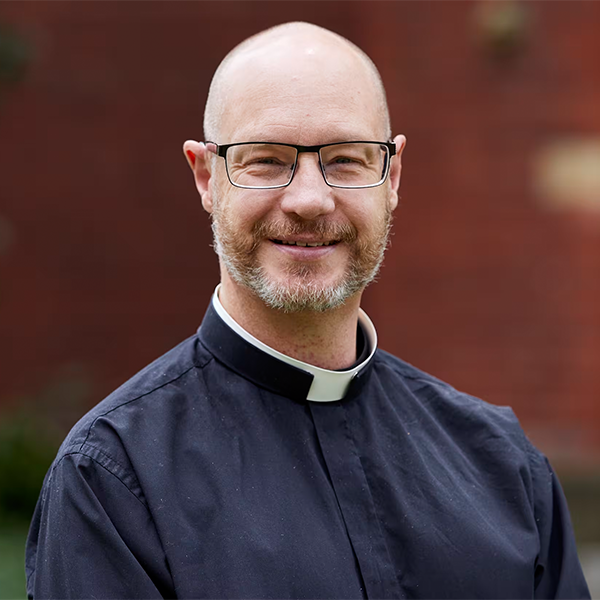

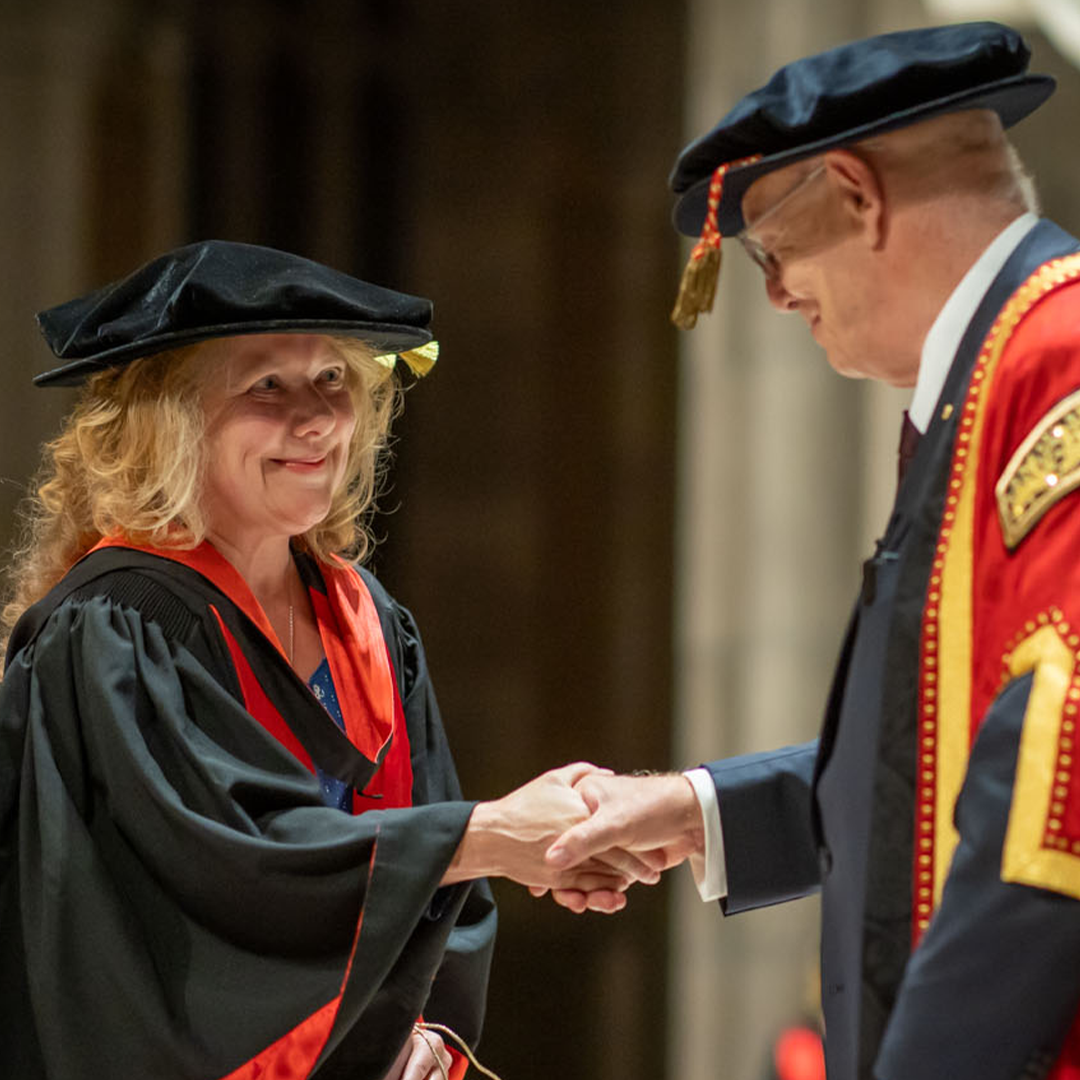

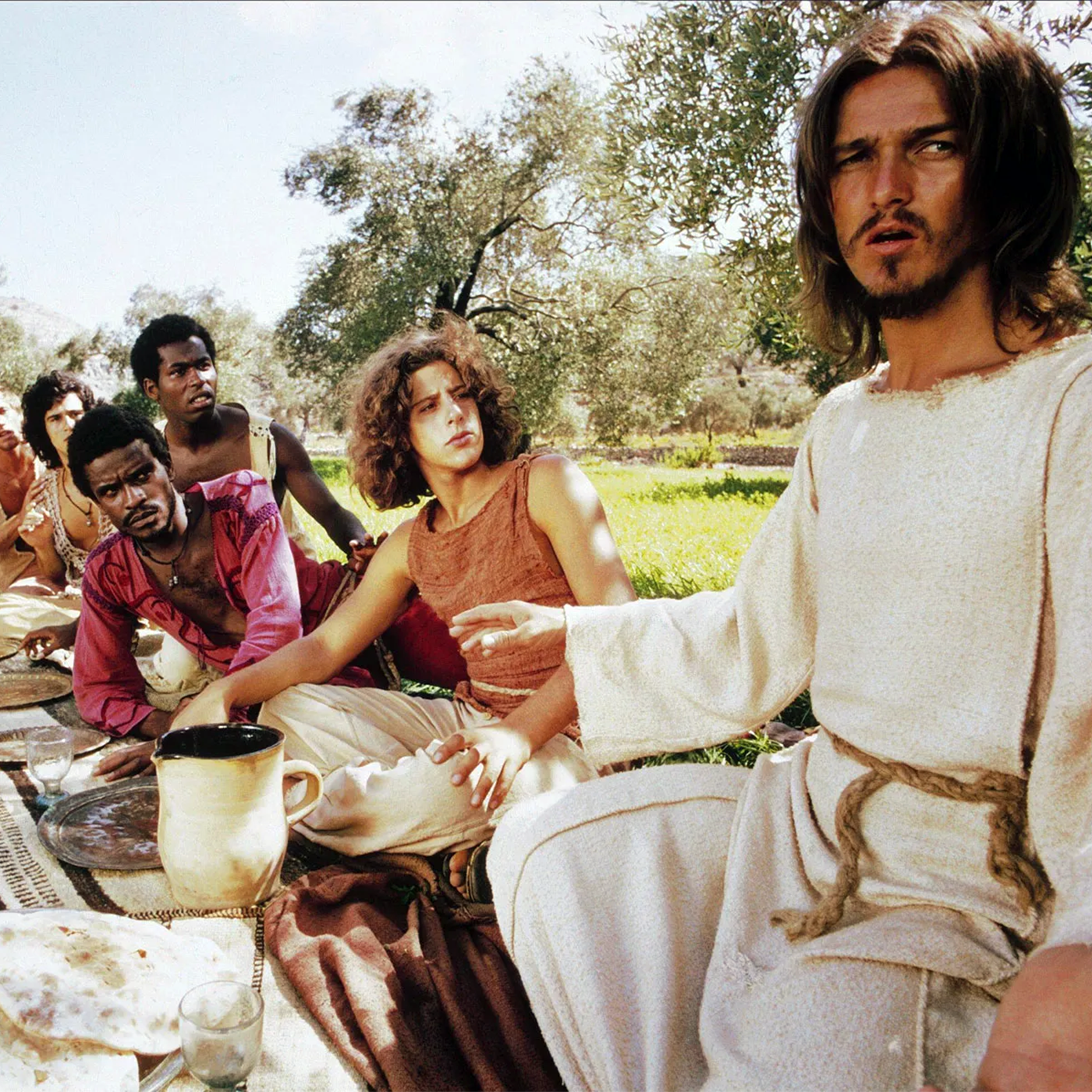





.jpg?width=300&height=300&ext=.jpg)



